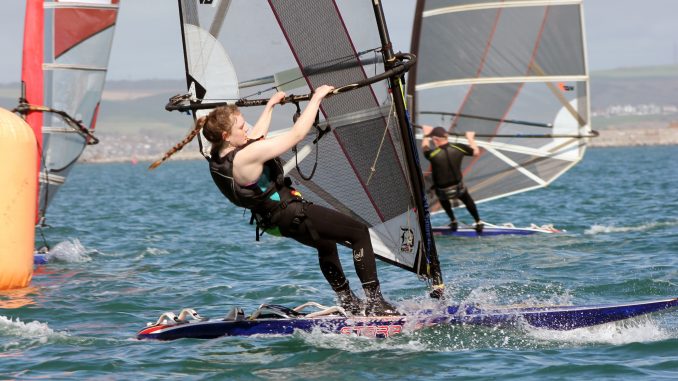
Words: Rod Davis
Pics: Andy Watkinson, Jon Davis
For many years the raceboard fleet in the UK had the appearance of an ‘old man’s’ fleet. Younger sailors were taking to RS:X and Formula which seemed to offer more glamour and excitement – the RS:X with its Olympic connection and Formula with its 12 metre sails. A more serious disadvantage from which the raceboard class suffered was that major manufacturers – F2, Fanatic and Mistral – virtually ceased production of raceboards and consequently sailors who favoured the class were forced to devote even more attention than usual to maintaining their boards as there was no chance of replacing them with new models.
However the picture has changed dramatically over the last five years as more and more youngsters realise the potential of raceboards, maybe as a result of having seen them in action on the water during UKWA events whilst sailing their Techno’s. Since 2016 start lines have been composed of close to 50% of sailors under the age of 35 – the pendulum swing is now well and truly a reality.
Top UK raceboard sailors such as Mark Kay and Rob and Annette Kent have assisted and encouraged youngsters coming out of the Techno class, with the result being the Raceboard Europeans, Brest, 2016, featured young Brit sailors taking the first five places in the Youth Ladies’ fleet, Molly Howell leading home Alysia Gibson, Rebecca and Emily Kent and Alice Butts. And in the Youth Men’s Fleet Julian Tait took 2nd place, Tom Sambrook, 4th, Galahad Wisbey 5th, Tom Cave 7th and Toby Cave 10th and in the Men’s fleet Louis Morris was 4th Light and Lewis Barnes was 4th Heavy. This goes to show these youngsters are able to cut it with the very best. All of the above, plus Harriet Ellis, who won the World Championship in 2011 at the age of 18 but who could not make the Brest event, are now right up there.
So why did the raceboard class spend so long in the doldrums? The finger can be pointed directly at the manufacturers whose lack of interest in the class could be explained if not condoned, because the design had reached a point not far short of peak efficiency. There was no incentive to bring out newer models every year to tempt the buyer with the latest go-faster gimmicks – because there weren’t any! The boards were lasting five or ten years or more and yet still remained competitive – not exactly a market for planned obsolescence. Emphasis was all on the shorter – allegedly sexier – type of board, around the 320 mark, despite their lack of low-wind capability.
Into the bargain raceboards were more difficult to manufacture because having produced the basic board you then had to make a hole in the middle to accommodate a daggerboard and because of their overall length – 3.80 metres or so – they were more awkward to transport and no doubt they took up far too much space in dealers’ shops.
In 2001 a conversation took place at the World Youth & Masters’ Championships at Ostia in Italy, when the assembled raceboard fleet who were concerned about the lack of availability of new boards questioned BIC’s Guy Chilvers about the possibility of a new raceboard. (Some years before, BIC had produced the Bamba, one of the forerunners of the modern raceboard). BIC’s lack of enthusiasm was plain to see and the conclusion was that raceboarders themselves would have to do something about the situation. The sailors presently decided they were prepared to club together to generate an order of sufficient size in the hope that a manufacturer could be persuaded to re-open production. However the answer eventually came back that raceboard class moulds had all been destroyed. There was no possibility of producing any more boards whatsoever. Some sailors declared that they would produce prototypes of their own, although this strategy would bring its own problems because a minimum number of 50 identical boards would have to be made in order to obtain ISAF certification before they could be used in international competition. It was a chicken and egg situation with no chickens and no eggs.
Despite the gloomy outlook raceboard sailors continued to enjoy their sailing because boards in this class deliver exciting competition in a much wider wind range than any other type of board on the market – everything from about 5 knots upward to 20 plus, in both displacement and planing conditions. This was an important factor for those sailors who spend most of their time on inland waters where less than constant wind would cause RS:X and Formula boards to drop off the plane, whilst the raceboard with its long waterline and high volume would continue to allow sailors to race competitively.
Probably all those who sail a raceboard have at least one shortboard whose qualities they appreciate. Particularly the great blasting and high manoeuvrability which such boards offer. But 10 knots of wind or more are an essential requirement before you can even get on the water – for enjoyable racing on anything but a raceboard the wind has to be consistent.
There were several false dawns in the mid 2000s, notably the Kona, which although it caught on in some countries abroad, notably Sweden, never found acceptance in the UK. Maybe this was because the earliest boards had daggerboards which were almost impossible to shift. This highlights a problem which has faced most longboard designers: namely the temptation – or maybe the absolute necessity – to reinvent the wheel instead of learning lessons from the most successful features of previous designs.
The raceboard world eventually received its metaphorical kiss of life when Starboard unexpectedly brought out its prototype Phantom in 2007. Suddenly the wish-lists of thousands of longboard sailors worldwide took on a newlease of life. Although not an especially radical design when first introduced, the Phantom is now in its fourth incarnation. Version three certainly was radical, with its innovative batwings, which provide extra stability off the wind without increasing the back-end volume, continue to be a feature of the series. This board also boasted a mast track which is higher at the front end, permitting the sailor to increase mast-foot pressure when heading upwind. The latest version – the 377L also with batwings – is intended for the 80kg plus sailor, with 3cm extra thickness and an extra 35 litres of volume over the standard 377.
Despite the undoubted success of the Phantom (which are priced around the £2,000 mark new, plus maybe another £1000 for a new rig), older generation raceboards can still be very competitive indeed. Mistral Equipes and PanAms, Fanatic Mega Cats, AHD 380s and especially F2 380s, one of the last old generation boards made in 1998, can still be found in the upper reaches of international regatta results and as such provide an inexpensive entry to the fleet for youngsters graduating from the Techno class. These boards can be found for around the £200 mark or even less – some are actually being given away by retiring sailors, and when fitted with the Techno 7.8 rig can be raced right away, although the size limit for youths is now 8.5.
The continuing progress of the raceboard fleet has been boosted in no small measure by the 8.5 and 9.5 VG5 and VG7 sails produced by Demon and the Tushingham with their XR: Race range. One or the other brand is used by virtually all raceboard sailors in the UK. There is an active second-hand market for sails as well as for boards and it is perfectly possible to get on the start-line having spent well under £500 for board and rig! However Tushingham’s sail designer, Ken Black, has now decided to retire and has handed the baton over to Severne, who have begun to produce sails which are appearing at the top of the leader boards in 2017.
With the latest offerings from Starboard, Demon and Severne the long-awaited raceboard revival is happening now!

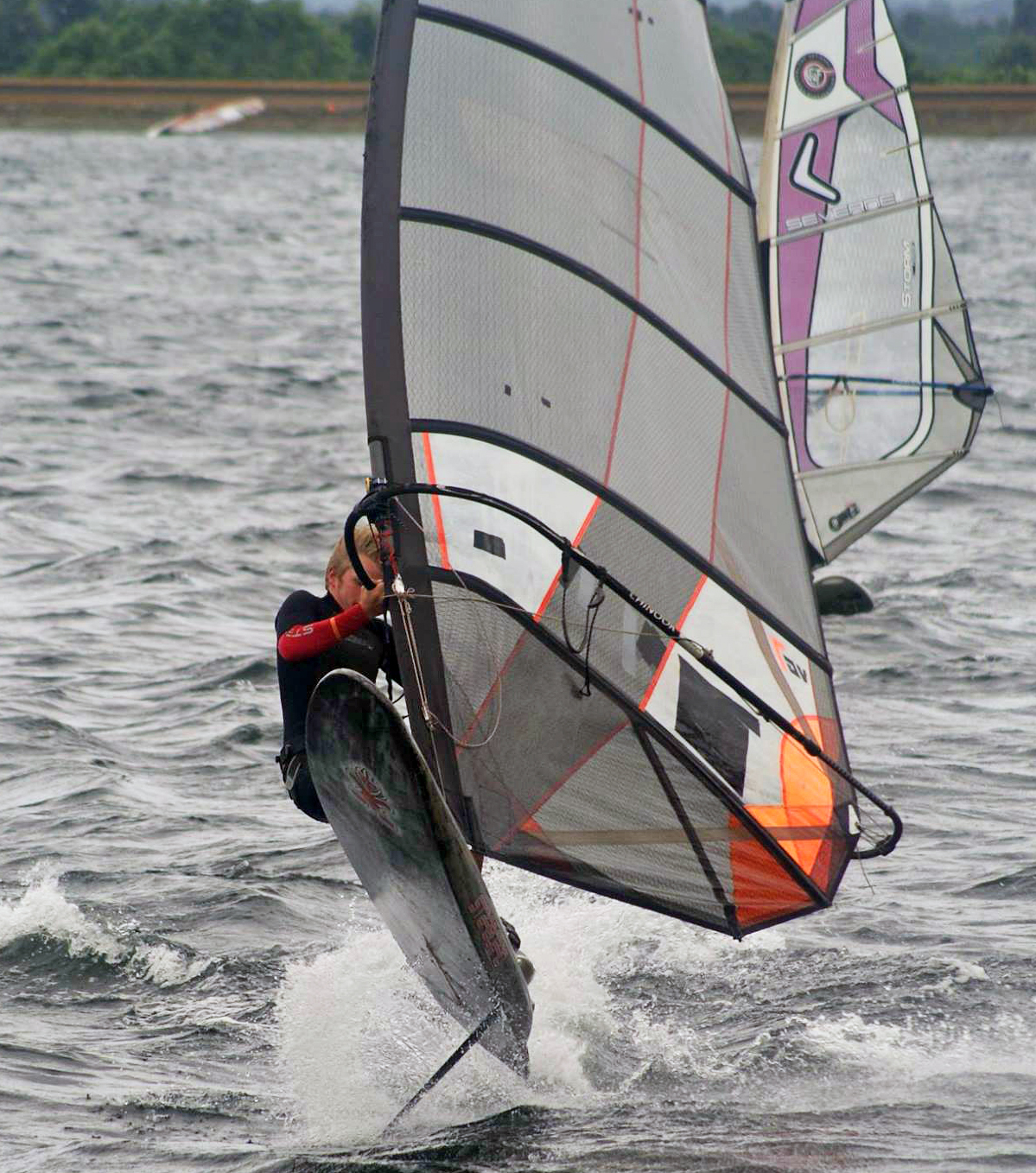
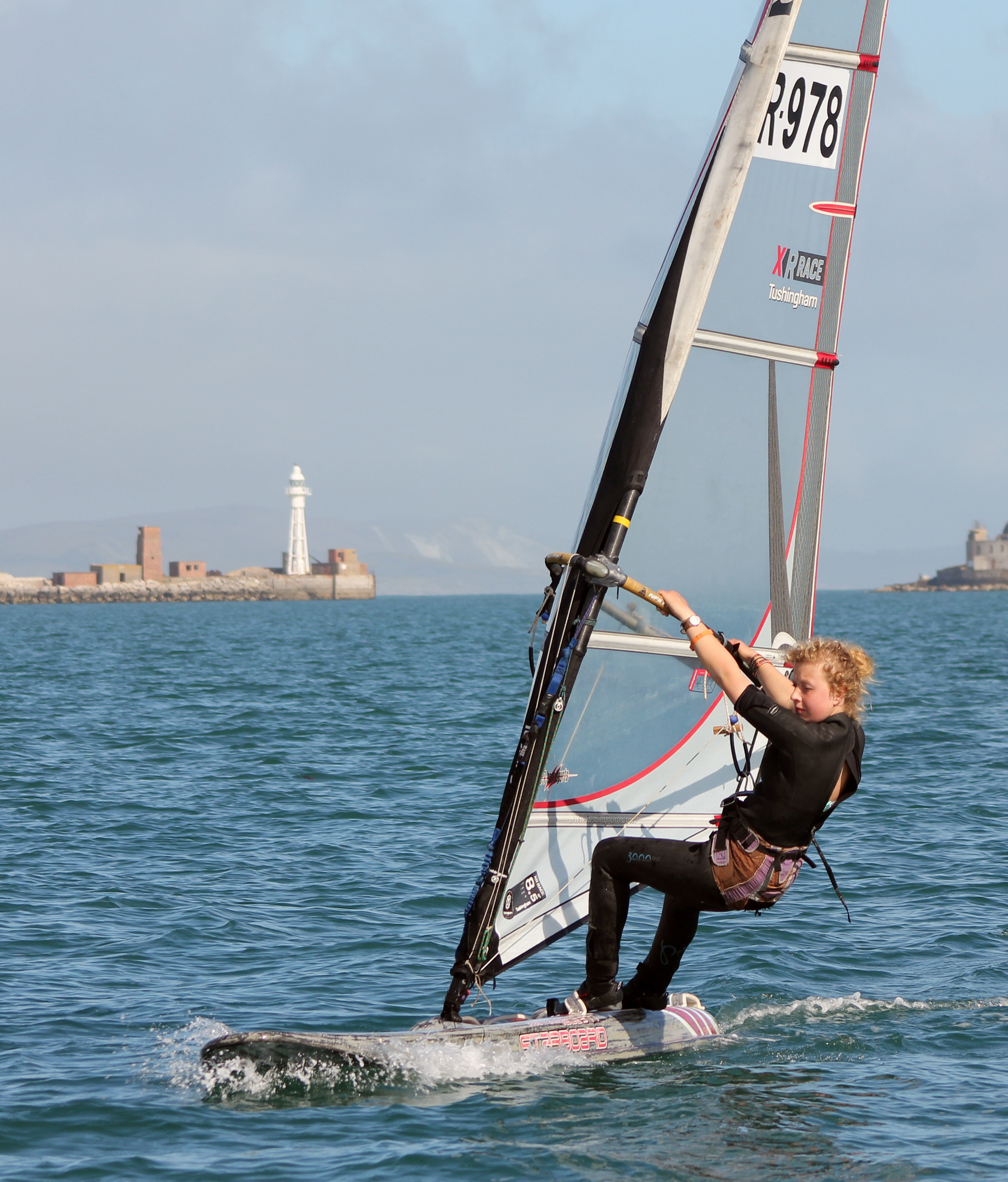
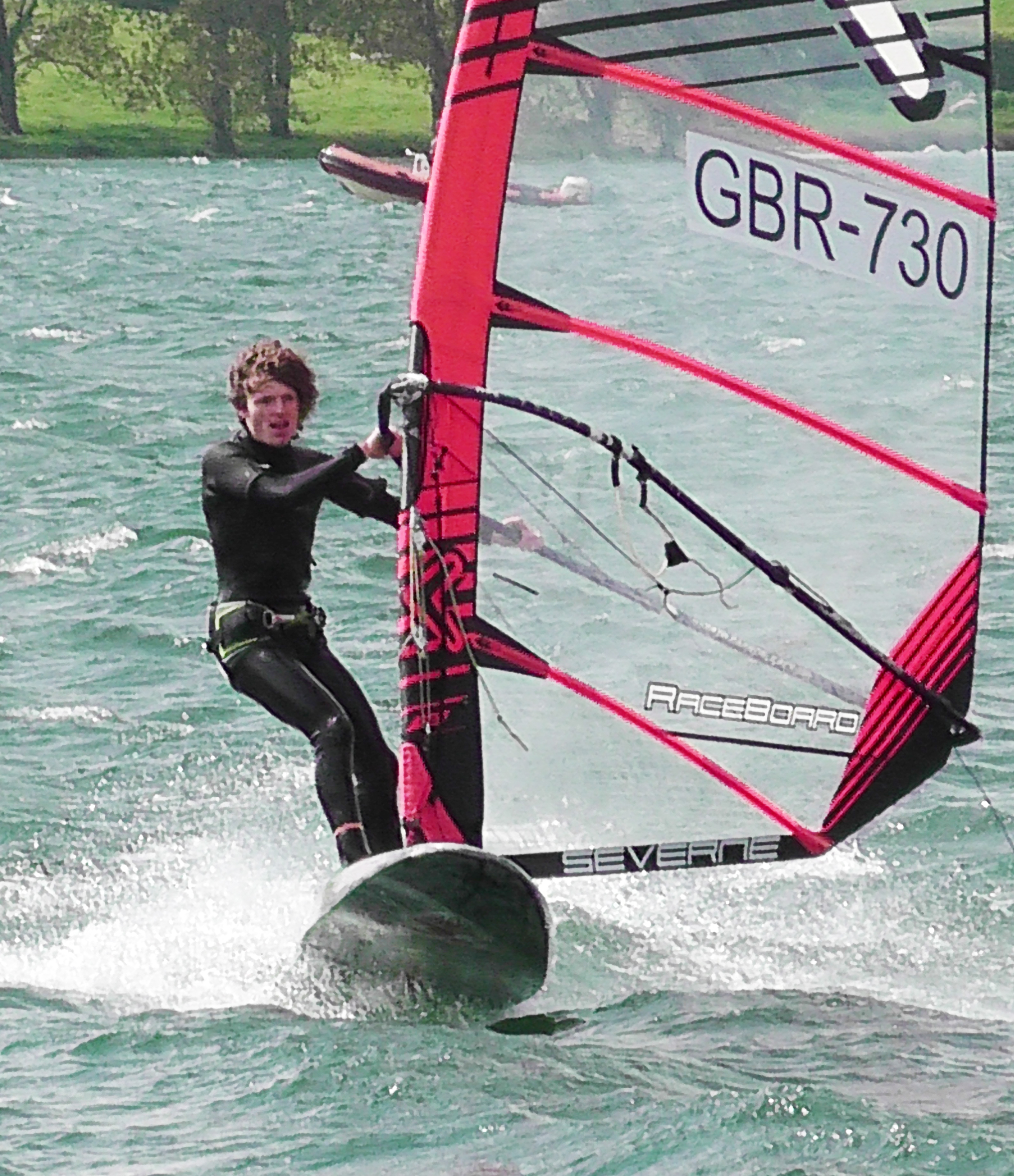
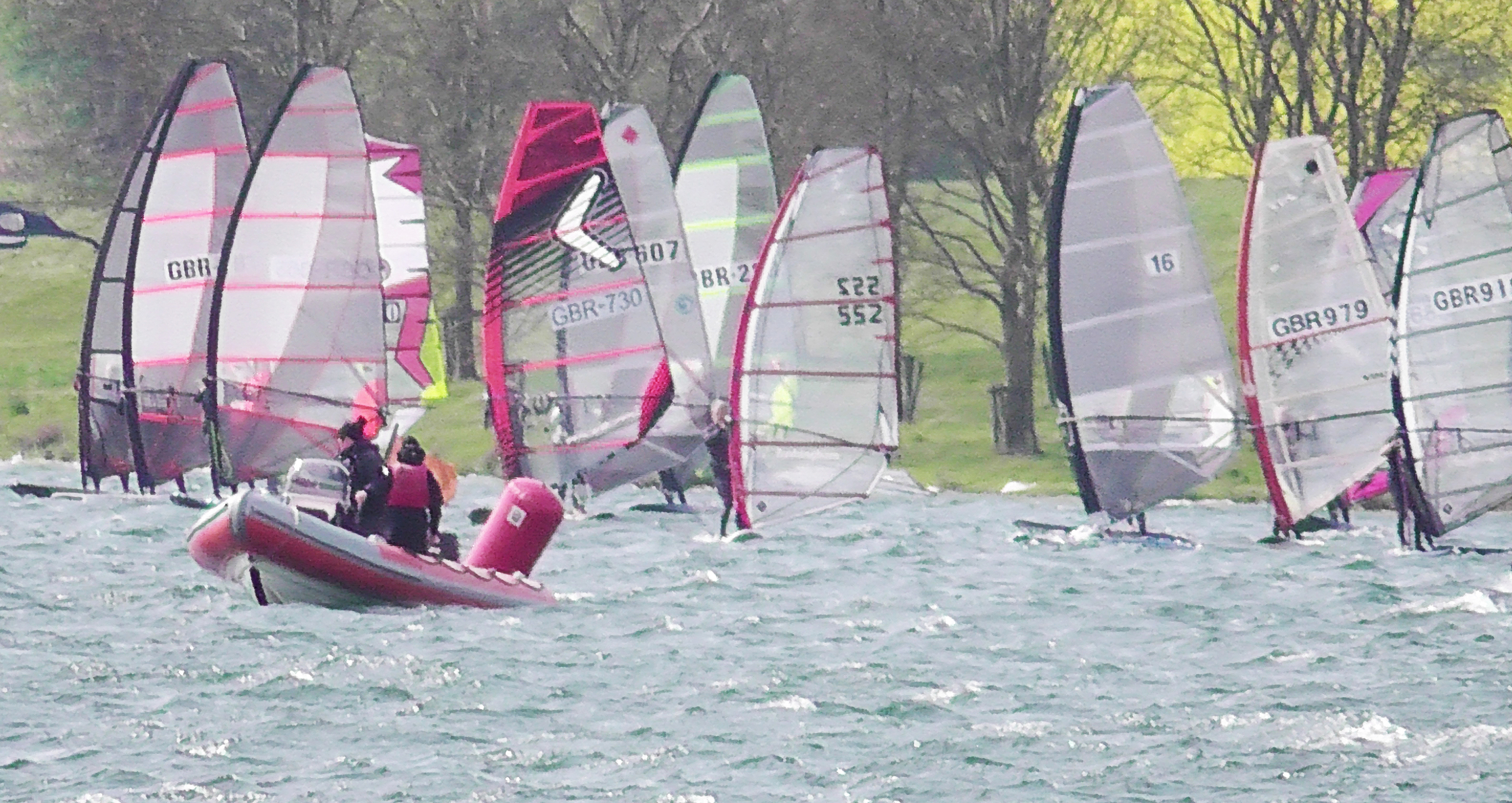
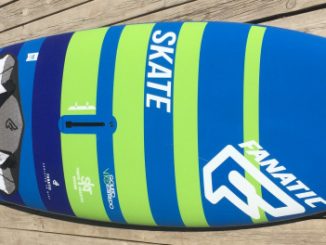
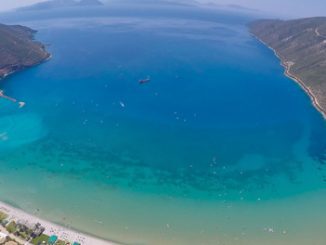
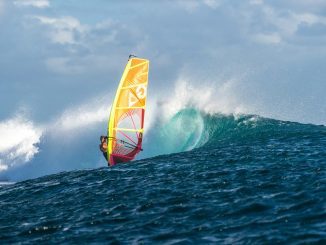
I have a mistral super light ii from the late nineties (just like an equipe ) and on marginal days it is a great board to sail, getting 24mph in the gusts and actually being able to go upwind. Will always prefer sailing the shorter boards but just do not understand why more people don’t try these longboards again. Mine was £100!!
If you want to sell it I would love it
More raceboard articles please@@
In mid 2017 I embarked on a quest to find gear suited for the gusty/shifty conditions of Istanbul, (where I am currently based) brought about by heavy the spawn of high-rise buildings. This search was born more out of necessity given the arrival of my little girls which would inevitably call for less frequent weekend excursions to my normal spots such as Gallipoli and Bodrum.
I scoured the lands for various alternatives in the ‘short board sphere’ ….formula boards, light wind slalom etc but not withstanding their ability to track up wind by virtue of their larger fins, found them to be problematic in terms of handling, since the farther out one sails in Istanbul, the better and more consistent the wind gets, at the cost of water state (which gets progressively severe).
I sought advice of a coach heading a squad of techno OD, RS:One and RS:X sailors, and was encouraged by him to seek out a second hand Techno or RS:One. He said that the variable mast track, dagger board and narrower profile would give me the flexibility of navigating with greater flexibility, and deal better with variable water states. Shortly there after and by stroke of luck, I happened to land upon a first hand Phantom 295, which made a brief intro in Turkey a couple of years ago, before fizzling out.
All I can say (after a brief orientation) is that this board has proven to be a cracker, in terms of its abiilty to track upwind (I never would thought railing would be fun), much like a raceboard, handle like a performance free ride board on the plane (in effect betraying its high volume and weight) .
Indeed Starboard began offering a freeride version called the Phantom Free this year, and I suspect therefore, there is still life left in long boards….Sure, foiling may eventually take over with its similar overall capabilities and ultimately hassle free transport but in the meantime, and until foiling becomes a) more affordable and b) more sturdy/reliable I think I’ll stick to my Phantom.
Great comment!
I was brought up on longboards, thats all there was in 1979 in Germany, racing the Mistral Clubs, Superlights and finally the Mk2 Equipe with some success. Like most sailors of that era we moved on to short boards because that was more popular, sexier, call it what you will. Eventually I ended up on the south coast of the UK and as weather patters changed, sufficient wind to power the shortboards became less and less frequent. I gave it up after 30 years for that reason, and took up motorcycling, Scuba, etc. I still have my gear, top of the range kit in its day, its worthless now (apparently) – I dont agree of course due to common sense and board and sail design not really having changed since my last purchases. I have started to look at getting back on the water, – I am now approaching 66 and realise that what I need is a long board again. THERE ARENT ANY !!!! Someone please make a Racy Cat, Mistral Equipe, F2 Race etc etc, these were great boards. One of my favourite memories of sailing the Equipe was overtaking short boards in a proper blow off Hayling seafront, gybing and carving around them, and their disbelief it was happening.
Sounds like you had fun. The Windsurfer LT and Mistral’s new Albatross and Freebird designs might suit you.